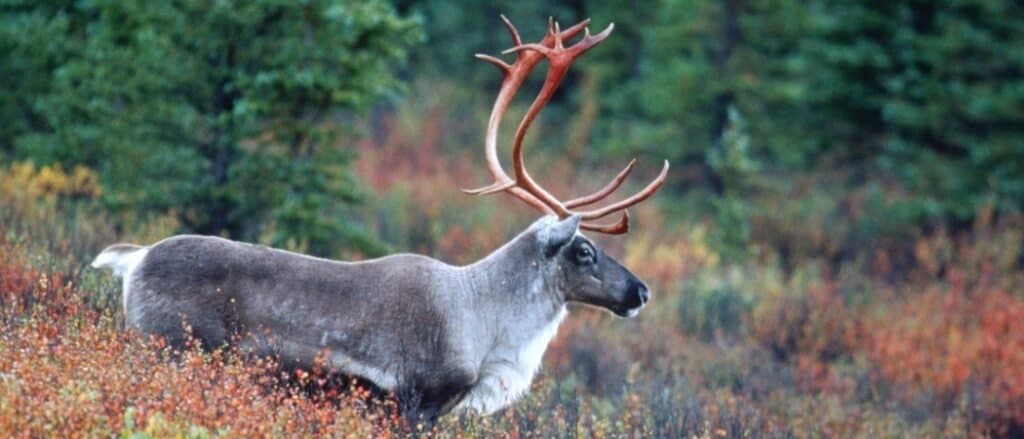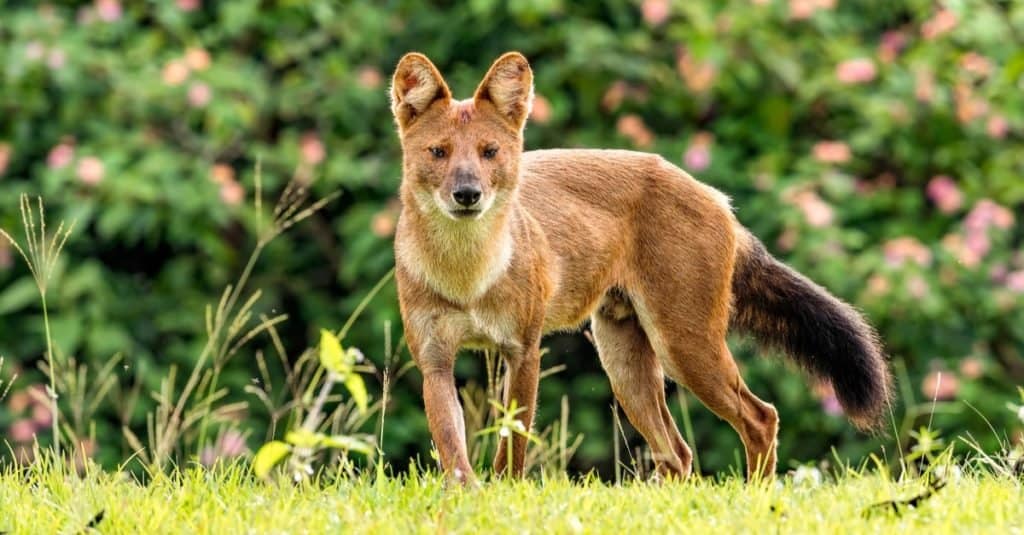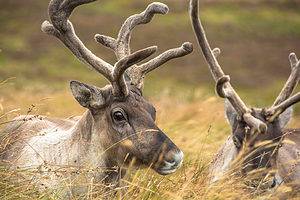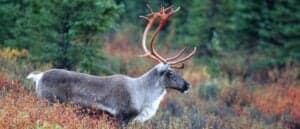How long reindeer live is a question many people are curious about, but few know the answer to. Although these animals typically have a life expectancy of 10 to 20 years, various factors can affect their longevity. In this blog post, we’ll explore reindeer life expectancy and other related topics. Read on and learn all about it!
Reindeer Life Expectancy
Reindeer are a species of deer that live in the Arctic tundra. They are well adapted to living in extreme conditions, so they have a relatively long life expectancy. Most male reindeer live between 10 and 12 years, while females usually live between 15 and 20 years, although there are records of some living up to 30 years.
Reindeer usually mate during August or September, and the gestation period is approximately 210 days. The calves are born in May or June, and both sexes reach sexual maturity at around 18 months of age.
Factors That Lead to Some Reindeer Living Shorter Lives

Reindeer are resilient animals that can withstand a variety of environments. Still, certain factors affect their longevity.
©iStock.com/KenRinger
Although reindeer are resilient and robust animals that adapt well to diverse environments, they do not all have the same longevity. Below, we’ll go over some common factors that affect their life expectancy.
Captivity
Unfortunately, these mammals have a shorter life expectancy in captivity, especially when raised in areas with high temperatures or low rainfall. In fact, reindeer are often found in domesticated or human-managed herds, and as a result, they usually have limited access to water and nutritious forage.
In addition, many of these reindeer are kept in confined spaces, which can increase their chances of contracting infectious diseases. As a result, most captive-bred reindeer rarely live longer than five years.
Climate Change
Scientists have recently discovered that climate change is shortening the lifespan of reindeer. Normally, reindeer can expect to live for about 10 to 20 years, but in recent years, some have died after only six years. The impact of global warming on the animals’ physical health is believed to be the leading cause of this premature aging.
Reindeer find it increasingly difficult to find good water sources as temperatures rise. This leads to dehydration, which can compromise their immune system and make them more susceptible to disease. Furthermore, rising temperatures also lead to more frequent episodes of heat stress, which can further damage the animals’ health. As a result, climate change threatens the viability of reindeer populations in some regions of the world.
Predators

Dholes are just one of the natural predators of reindeer.
©Nimit Virdi/Shutterstock.com
Reindeer are a species of deer commonly found in the northern regions of the world. Although they tend to live in isolated areas, reindeer must be wary of various predators, which include brown bears, golden eagles, gray wolves, arctic foxes, cougars, coyotes, bobcats, lynxes, and dholes.
To protect themselves, reindeer have developed several defensive strategies. They can run faster than some of these predators, jump fences, and fragment their herds to confuse their hunters. Reindeer may sometimes lose individual battles against predators, but their ability to survive in such a harsh environment has allowed them to thrive for millennia.
What Is the Ideal Habitat for Reindeer?
The ideal habitat for reindeer is cold, open country. They need plenty of room to roam, and weather conditions must be cold enough to maintain their rough, shaggy fur. Reindeer are native to areas such as Siberia and Northern Canada, where temperatures can drop to -40 degrees Celsius or below.
In these extreme conditions, they have adapted to survival thanks to their large, bulbous noses and moist nostrils that help warm and humidify the air they breathe. In addition, their thick, insulating fur protects them from inclement weather, and their tough hooves are designed to withstand freezing temperatures and slippery terrain.
Up Next…
The photo featured at the top of this post is © Arh-sib/Shutterstock.com
Sources
- Climate Institute, Available here: https://climate.org/archive/topics/climate-change/reindeer-climate-change.html
- National Geographic Kids, Available here: https://www.natgeokids.com/au/discover/animals/general-animals/reindeer-facts/
- San Diego Zoo Wildlife Alliance, Available here: https://animals.sandiegozoo.org/animals/reindeer-caribou
Thank you for reading! Have some feedback for us? Contact the AZ Animals editorial team.






